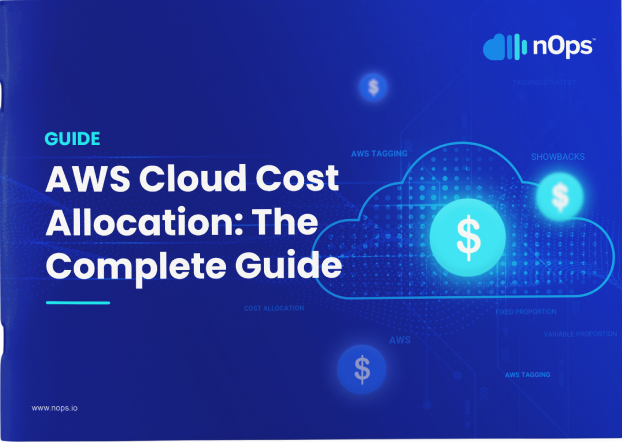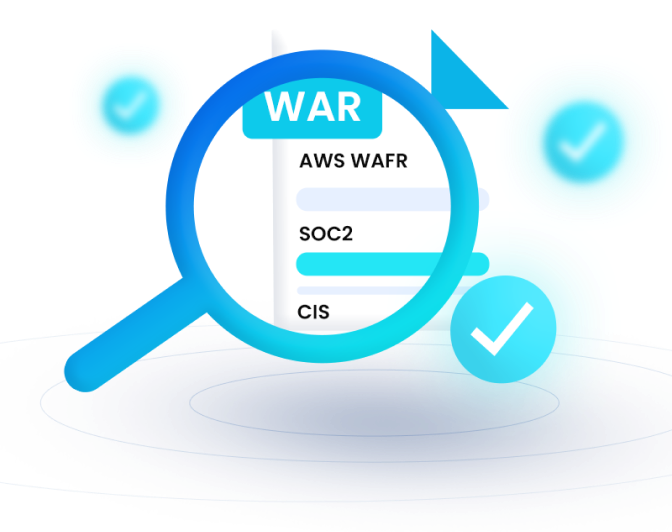- Blog
- AWS Compliance
- For ISVs: Accelerate AWS Foundational Technical Reviews with nOps Automation
For ISVs: Accelerate AWS Foundational Technical Reviews with nOps Automation
Last Updated: May 3, 2024, AWS Compliance
Business challenges of ISVs
As an ISV, your key business challenges include reliability, cost optimization, security and compliance, and automation. You need to:
- Ensure software can automatically recover from failure and scale to meet traffic demands.
- Find cost savings now.
- Address security and compliance risks before they’re an issue.
- Use automation and design future-proof systems to support growth.
How AWS helps ISVs address business challenges
The AWS Foundational Technical Review (FTR) (previously called the AWS Technical Baseline Review) enables ISVs to address these business challenges by identifying and remediating risks in their products or solutions. The FTR provides ISVs with specific guidance to adopt a subset of AWS best practices around security, reliability, and operational excellence to reduce workload risks. Successful completion of an FTR unlocks eligibility for programs, such as the AWS Competency Program, AWS Service Ready Program, AWS ISV Accelerate Program, and more.
To prepare for an FTR, the ISV needs to conduct an AWS Well-Architected Framework Review (WAFR) to assess workload components hosted or running in their AWS account. The WAFR raises awareness of how an ISV’s product or solution aligns with the best practices around the pillars of the AWS Well-Architected Framework — including Security, Reliability, Operational Excellence, Performance Efficiency, Sustainability, and Cost — and provides recommendations on how to fix issues.
Once the WAFR is completed, the ISV is provided with a prioritized list of risks that need to be resolved to complete an FTR.
AWS Cloud Cost Allocation: The Complete Guide

How nOps automates the FTR
nOps has launched a new workload lens feature to automate AWS FTRs.
“Workloads” on nOps: Creating workloads on nOps enables you to build a set of resources that can be used in any of the AWS Well-Architected assessments (such as the WAFR or FTR). Auto-discovery has always been nOps’s secret sauce. Based on the resources added to the workload, nOps can auto-answer AWS Well-Architected assessment questions.
Each workload in nOps has a type (e.g., Well-Architected, SOC 2, and HIPAA2) and a lens (a scope for the created workload). In the Well-Architected type, there are lenses: one for the WAFR, one for the FTR.
Previously, performing an FTR was a manual process that consumed significant time and effort. nOps’s new workload lens streamlines the FTR process. You can add files or URL links to show diagrams and deployment guides visually. And the workload lens saves you time by auto-answering the FTR standard questions list and exporting the answers into a report.
FTR results provided by nOps are intended to automate and accelerate the FTR, providing the ISV an indication of technical readiness, but do not guarantee achievement in any AWS Program which is the sole discretion of AWS.
Get started today to accelerate your FTR using nOps automation.
Let nOps know you love this new feature by sharing it with others.






